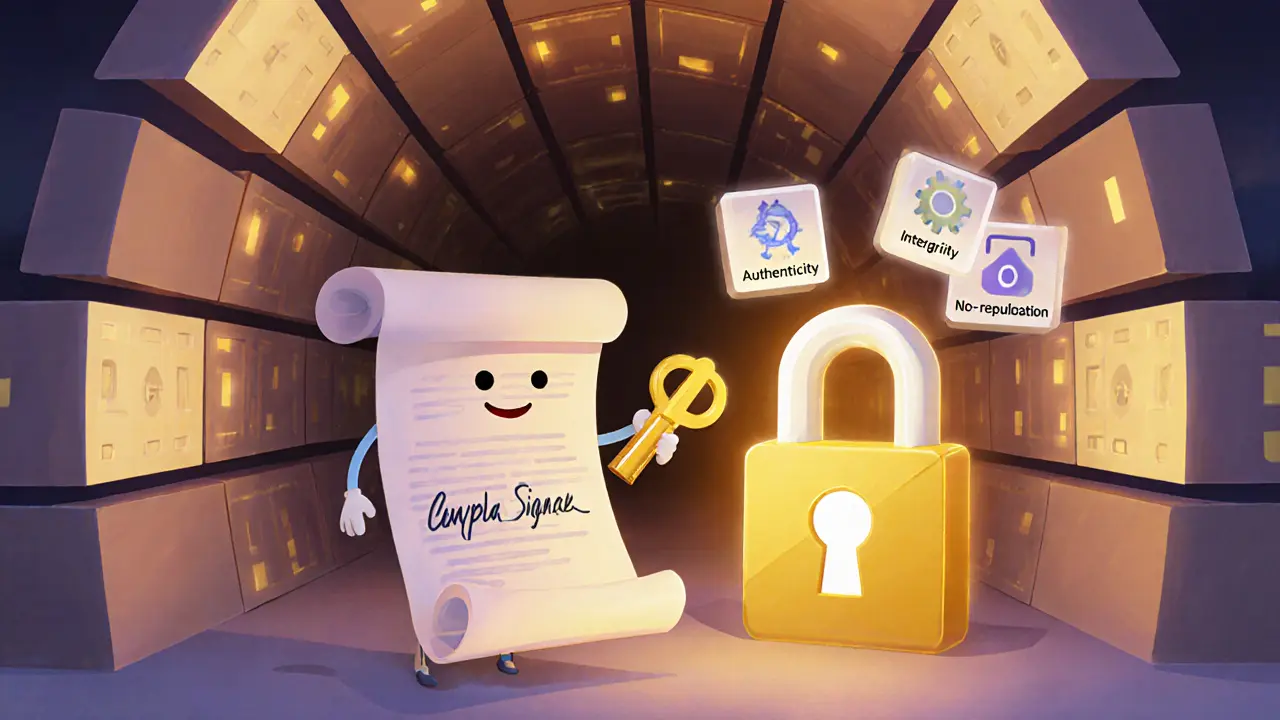Explore the most common digital signature vulnerabilities in cryptocurrency, from quantum threats to malleability and replay attacks, and learn practical mitigation steps.
Signature Malleability
When dealing with Signature Malleability, the ability to change a digital signature while leaving the underlying transaction untouched. Also known as transaction malleability, it lets an attacker tweak the signature data, produce a new transaction ID, and potentially confuse wallets or cause double‑spend attempts. This phenomenon directly affects transaction finality because the blockchain records a different hash for what is essentially the same transfer. Understanding this quirk is crucial for anyone building or using crypto services, as it touches everything from simple Bitcoin payments to complex smart‑contract interactions.
Key Concepts Linked to Signature Malleability
One of the main culprits behind malleable signatures is the ECDSA, the Elliptic Curve Digital Signature Algorithm used by Bitcoin and many other blockchains. ECDSA signatures contain a component called "s" that can be mirrored, creating a valid alternative signature that produces a new transaction hash. SegWit, the Segregated Witness upgrade for Bitcoin was specifically designed to strip signature data from the transaction hash, thereby eliminating the attack surface for malleability. Another related risk is transaction replay, where a modified transaction is broadcast again on a different network or after a fork. Replay attacks become viable when malleable signatures generate new identifiers that look like fresh transactions. Together, these entities shape a security landscape where blockchain security depends on using non‑malleable signatures, proper consensus rules, and robust client implementations.
Below you’ll find a curated list of articles that dive deep into each of these angles. We cover real‑world incidents that exposed signature‑malleability flaws, step‑by‑step guides on how SegWit and other protocol upgrades patch the problem, and practical advice for developers to harden their wallets against replay attacks. Whether you’re a trader worried about unexpected transaction IDs, a developer building a new blockchain, or just curious about the inner workings of digital signatures, the posts ahead give you actionable insights and concrete examples. Let’s explore how the community has tackled this issue and what you can do right now to keep your crypto moves safe and predictable.





